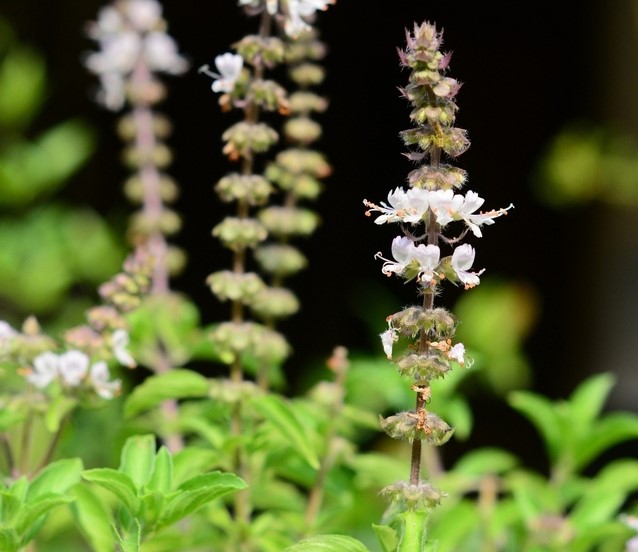If you don’t have space where you live to grow food, one option is joining a community garden. I did this a few years ago and planted a 4-foot by 8-foot plot. Someone from my church had a local nursery, so I purchased some plants from her to get the garden started and used seeds for the rest. I decided to try planting a goji berry bush along with tomatoes, carrots, herbs and peppers.
Community Garden Neglect
I wasn’t the most successful community gardener. I had a problem making regular visits to my garden plot every week. Luckily, the beds were prepared well, and my plants were able to grow without much attention from me.
The Invader
A few weeks into this project and after everything was planted, I found another plant taking over where the goji bush was struggling. I cut it back to give the goji room to grow. To figure out what the invader was, I tasted some leaves and they had a nice, spicy mint taste.
Eventually, this plant took over its corner of the garden plot and took over the spot with the goji bush. I tried to cut it back but it didn’t make any difference. When it started to flower, I saw tiny whitish purple flowers on a long stalk. With a few of the flowers in hand, I was able to research and identify it. The invader was holy basil or tulsi.

Harvest Time
My garden plot harvest included lots of carrots, some sweet potatoes, a few peppers, some tomatoes and some basil. The tulsi was growing well, so I brought it home to plant in a container on my front porch. It put out lots of flowers and then dried up when it got colder, or so it seemed. I figured that was the end of it and left it in the container.
Bonus Salad
Some time later, when the weather warmed up, I saw the tulsi start putting out new leaves. We harvested tulsi leaves for eight months that year and used them in our salads. The spicy mint flavor was a really nice addition to our daily salads.
About Tulsi
Besides being tasty, tulsi is also beneficial for overall health. The people of India have used this plant for the last 3000 years, giving it the name, holy basil. There, it is considered a sacred plant. Traditional medicine has used tulsi to handle stress, problems with digestion, colds and fevers, and other problems. The leaves have antibacterial, antiviral and antifungal properties and can be made into a tea. For those of us living in the subtropics, the plant can also be used to repel mosquitoes.
Modern research into tulsi has identified its potential use in treating diabetes and cancer. It is one of many so-called “adaptogenic” plants because they help the body adapt to situations and work optimally.
Try Growing It
If you have a warm, sunny place in your garden, a tulsi plant would flourish there. It loves direct sun and requires little in the way of care to grow. Then you can take advantage of its many benefits.

Sounds like you had a “holy” invader. Not bad. I wonder where you have this growing now at the homestead?
After a few seasons, the plant I had did not come back. I hope to grow more on the property soon.
Great. I’d like to incorporate it in to a recipe or two in the future.
I will have to get some growing in my garden out here.